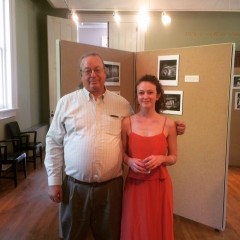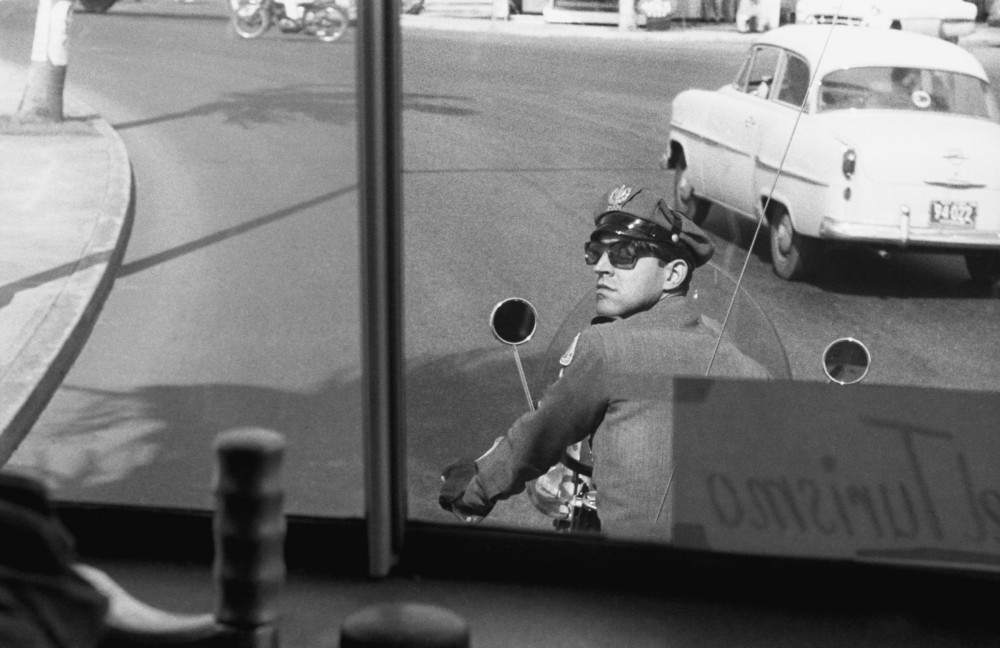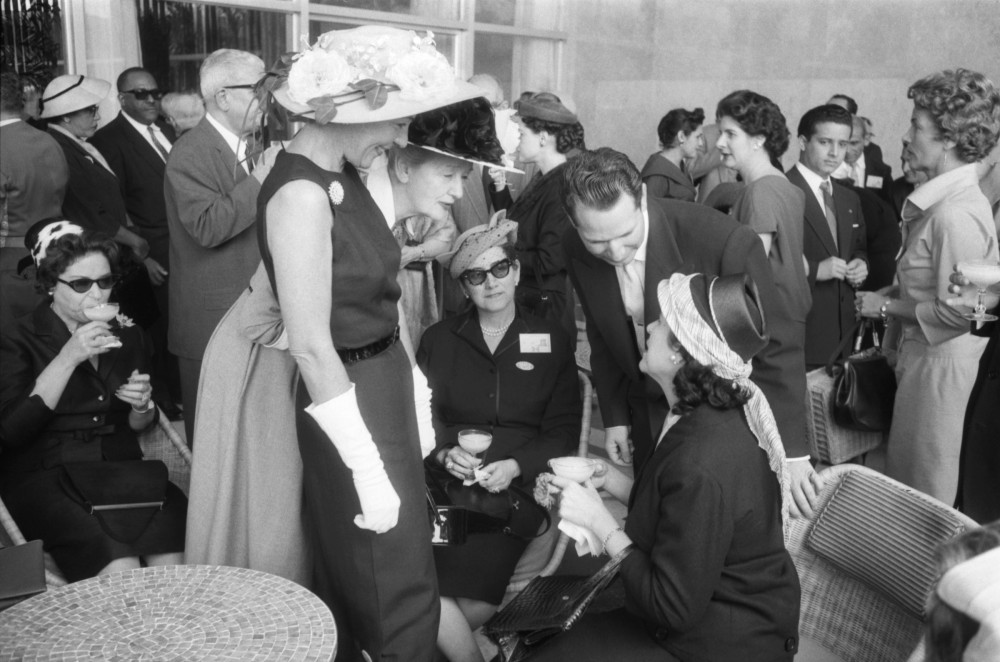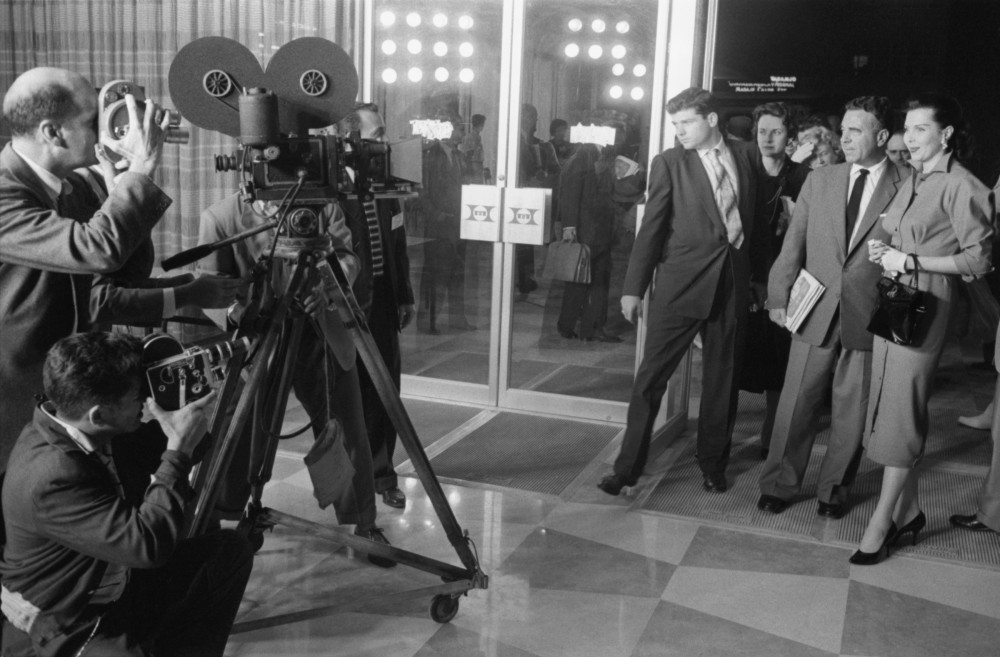New Exhibit in Gallery Curated by Lauren Holt – “At the Habana Hilton, 1958”
This story is by Center public relations intern Emily Beene, who worked with Rebecca Lauck Cleary this semester. Emily is pursuing a BA in integrated marketing communications with a minor in business administration.
At the Habana Hilton, 1958: Photographs from the Keating Collection

Beginning Friday, May 1, Southern Studies graduate student Lauren Holt exhibits photographs from the Bern and Franke Keating Collection in Barnard Observatory’s Gammill Gallery. The photos on display were made at the grand opening of the Habana Hilton hotel in Havana, Cuba, in late March 1958. The exhibition is part of her thesis project, which also includes a written component stemming from research she has done to contextualize the images.
Bern and Franke Keating were from Greenville, Mississippi. A married couple, each worked as a professional photographer and writer, contributing regularly throughout their careers to publications such as Life, Time, Look, National Geographic, and the Saturday Evening Post. Holt came across the photographs from Havana while digitizing the Keating Collection in the University of Mississippi’s Archives and Special Collections last year. As far as her research has shown, the photographs on display have never been published.
The exhibition gives viewers a look into the complex cultural and economic relationship between Cuba and the United States at the end of the 1950s—a time of political upheaval and crisis for the Caribbean nation. US tourists in Cuba are among the photographs’ many subjects, providing a valuable perspective of Americans on the island before the Cuban Revolution brought its booming tourism industry to a halt. As a result of the currently changing political relationship between the United States and the Washington-alienated communist nation, these photographs are now more relevant than they have been in decades.
“For me, what’s especially important about the exhibition is the way the photos make history very real—comprehensible in a new way,” Holt said. “The photos were taken near the end of a long period of enormous US political, financial, and cultural presence in Cuba. What we see in them is a culmination of American cultural influence and capitalist investment in a moment when these forces were rapidly losing their bearings.”
Holt sees the project as part of a larger trend in Southern Studies “to think about the US South less as a national region and more as belonging—historically, economically, culturally—to a transnational one that includes the Caribbean and areas of Latin America.”
Holt grew up in South Carolina and Georgia and attended Whitman College in Walla Walla, Washington, where she received her undergraduate degree in art history and visual culture. What she likes about the Southern Studies program and what she also finds most challenging is the freedom to “chart your own course, which encourages students to explore and pursue their own interests.”
On April 29, Holt gave a Brown Bag lecture in Barnard Observatory on her thesis and the Keating exhibition she curated.
Here, three photos from the exhibit:



